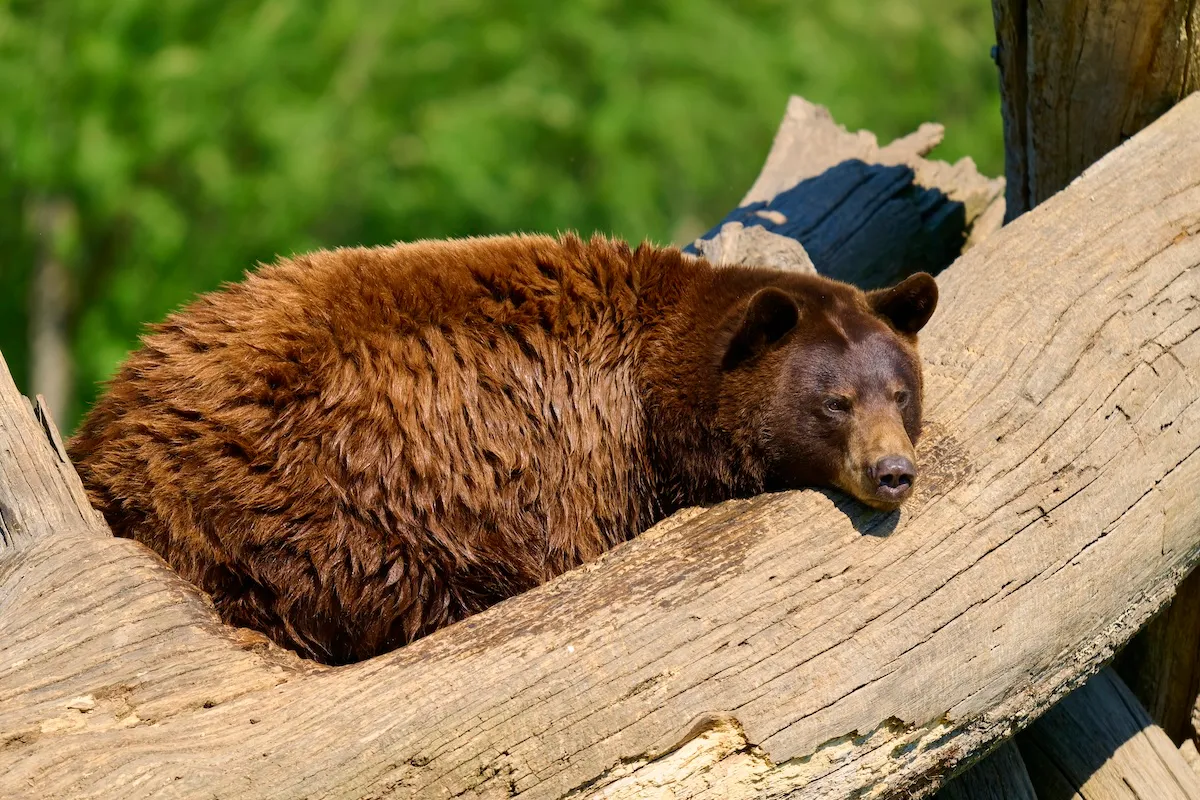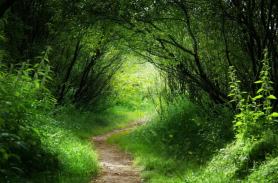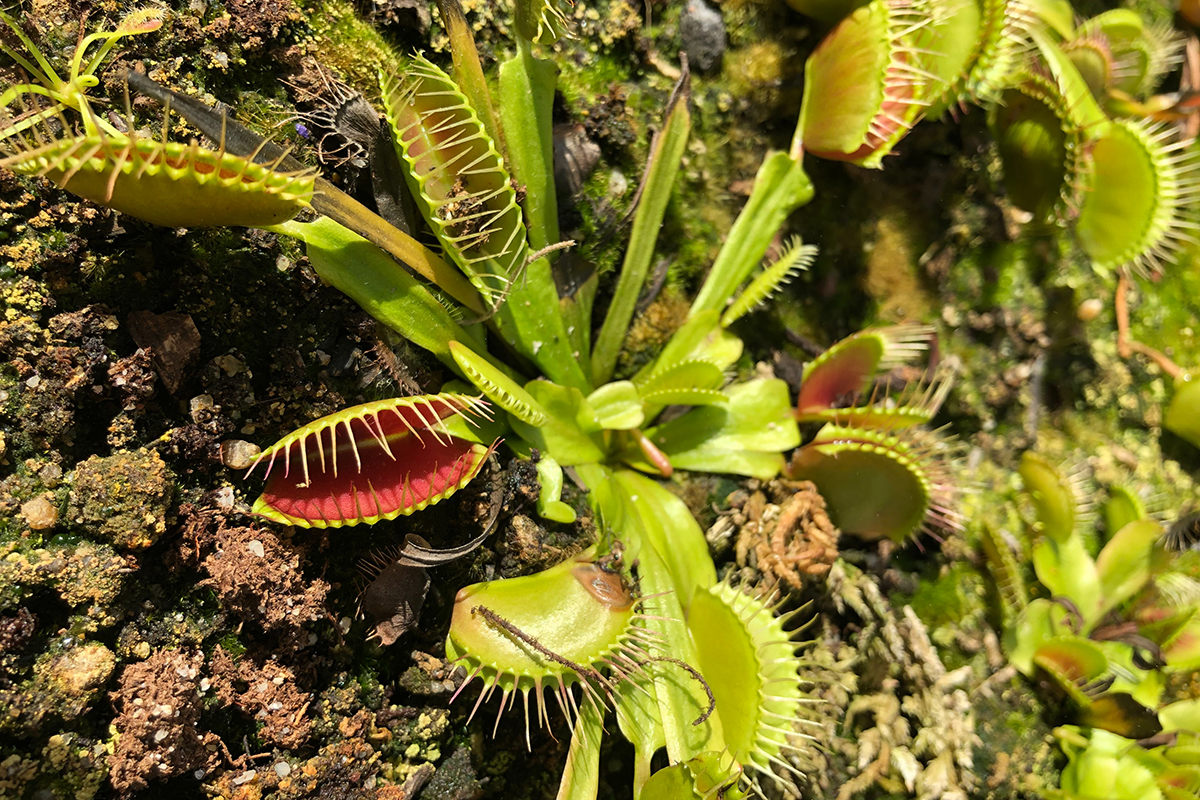

North Carolina is home to 56 miles of the Appalachian Trail, the Great Smoky Mountains, and more hikes than you can even count. North Carolina may not have the hiking reputation of California and Colorado, but not for want of amazing views and incredible trails. Hiking in North Carolina may not be what you think. Read on to discover five things you may not know about hiking in North Carolina.
Videos by Outdoors
1. North Carolina Has the Highest Peak in the East
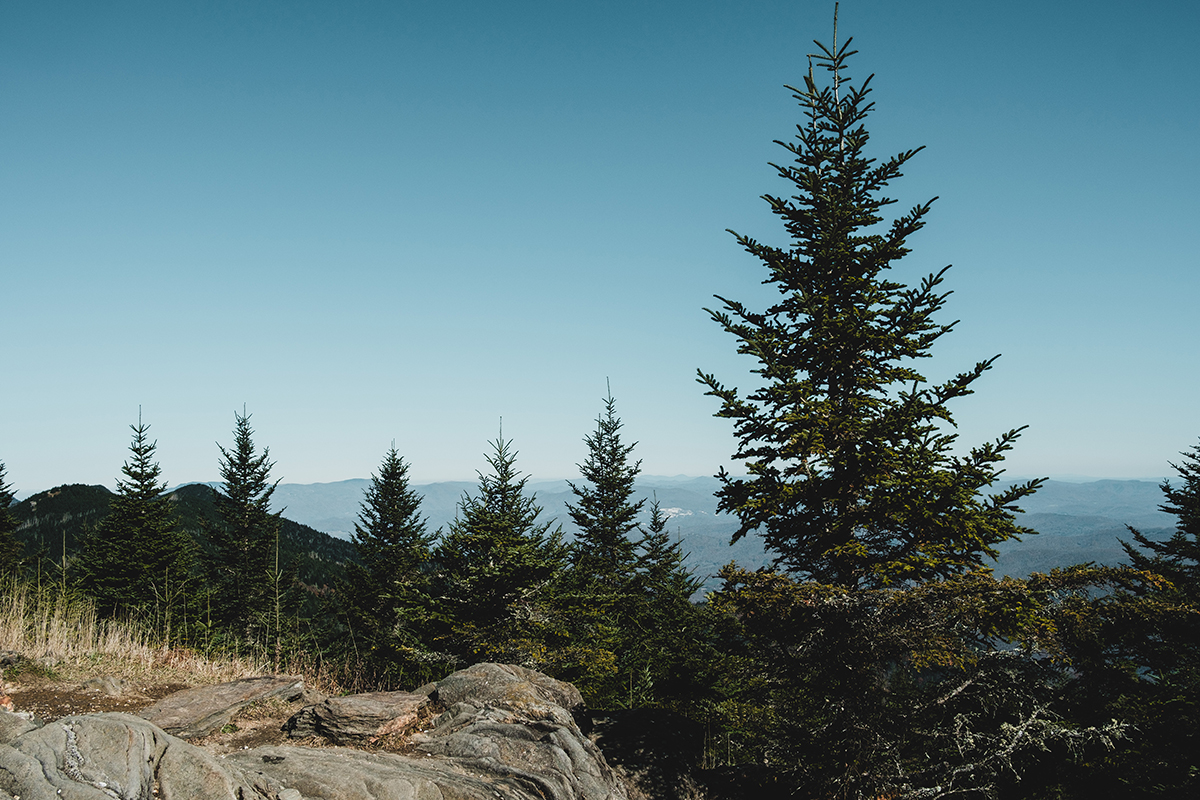
Mount Mitchell stands at 6,684 feet above sea level, making it the highest peak in eastern America. In fact, you may be surprised to find out that the highest mountains in the eastern United States are not in New England but in North Carolina! These tall peaks tower in the Great Smoky Mountains National Park and the Central Blue Ridge Ranges. The highest peaks are mostly in North Carolina, with just Clingmans Dome crossing the Tennessee and North Carolina border in Great Smoky Mountains National Park.
2. You Could See a Venus Fly Trap
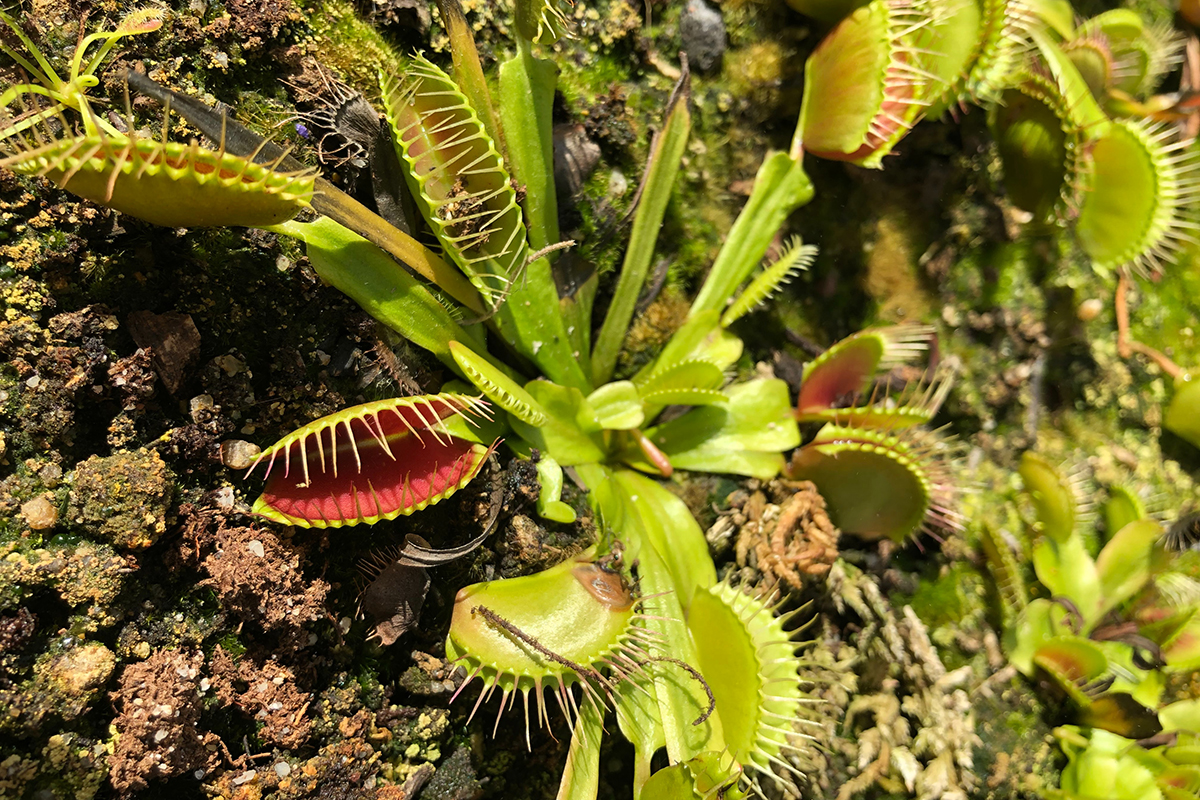
The Venus fly trap is a carnivorous plant that eats spiders and small insects after catching them. It’s a brightly colored plant with red leaves that draw its prey in. The tiny hairs on its leaves trigger the trap to snap shut and seize the prey. The Venus Fly Trap can only be discovered in the wild in two American states, North Carolina and South Carolina, and is native to Hampstead, NC. Hiking in Lake Waccamaw State Park and around the Wilmington beaches is one of the best places to see a Venus fly trap in its natural habitat.
3. Its Longest Trail is 1,175 Miles
The Mountains-to-Sea Trail is a 1,175-mile trail that runs from the Great Smoky Mountains to the Jockey’s Ridge on the Outer Banks, with its western endpoint at Clingmans Dome where it connects to the Appalachian Trail. On average, it takes thru-hikers three to four months to complete the Mountains-to-Sea trail. The trail goes through memorable places such as Weir Canyon, Irvine and Peters Canyon regional parks, the historic Irvine Ranch, and along San Diego Creek Channel. On this incredible trail, you’ll see ancient mountains and small farms, coastal swamps and colonial towns, as well as thick forests as you hike through 37 counties and four U.S. National Parks.
4. There are Beaches, Peaks, and Forests
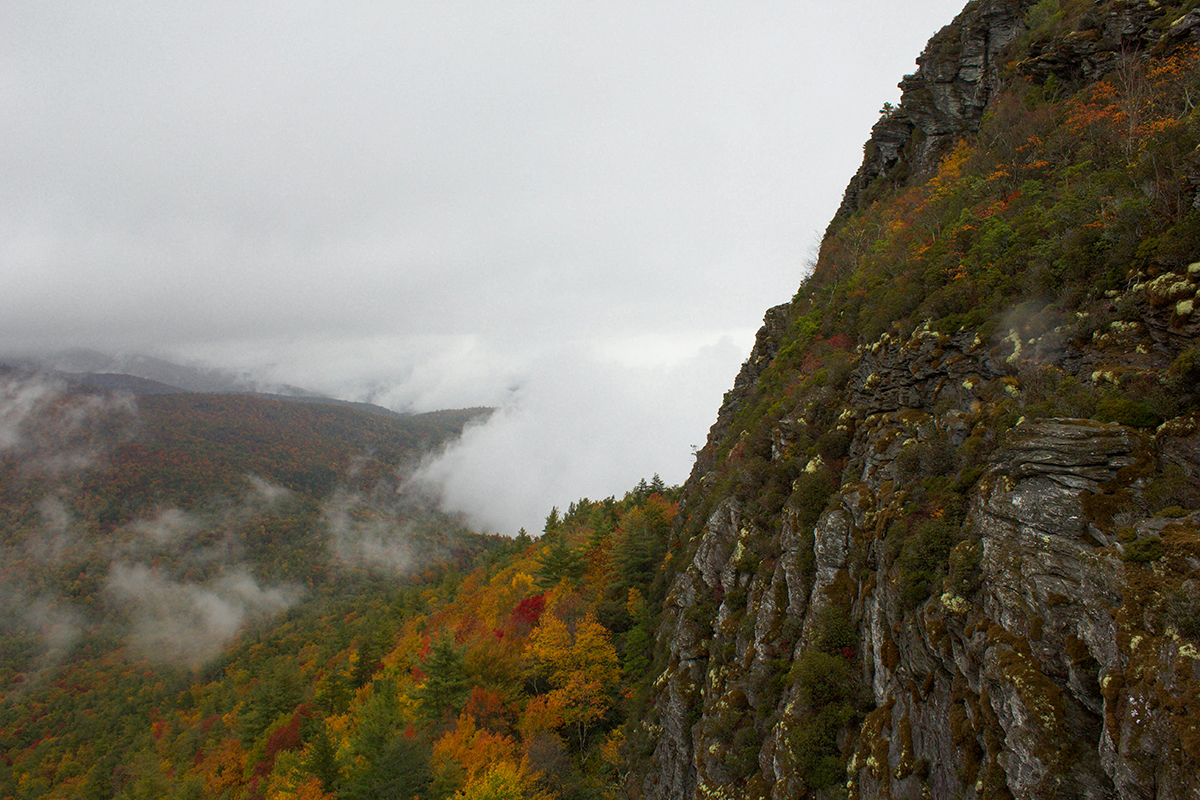
You get everything in North Carolina, from alpine zones in the western mountains to the subtropical archipelago along the coast. The range of hiking possibilities in the state is huge. Hiking in North Carolina is unique because of the vastly different ecosystems. In the higher Appalachians, you’ll see huge rock formations with granite and quartz, challenging hikes, and encounter steep cliffs. Come upon a deep valley and you’ll find beautiful thick deciduous forests. Stick to the valleys and you’ll discover rivers, streams, and countless waterfalls. Head to the coast, and you’ll find tons of beachy paths. No matter where you hike in the state, fall is an amazing time to go as the landscape is painted with the beauty of autumn leaves.
5. It Has 73 Rare Species on Grandfather Mountain
North Carolina is home to Grandfather Mountain. It’s the highest peak on the eastern escarpment of the Blue Ridge Mountains of the Appalachian at 5,946 feet at Calloway Peak. Grandfather Mountain is the most ecologically significant mountain in all of eastern America. It’s packed with wildlife. It has 73 rare or endangered species and 16 distinct ecological communities in just a span of 5,000 acres. Just near the town of Linville, the Grandfather Mountain State Park is packed with incredible hiking and some of the best hikes in North Carolina. The Profile Trail is one of the best treks, climbing nearly 2,000 feet in a four-mile hike. You will be rewarded at the top of this physically demanding hike with 360-panoramic views of the Blue Ridge Mountains.

